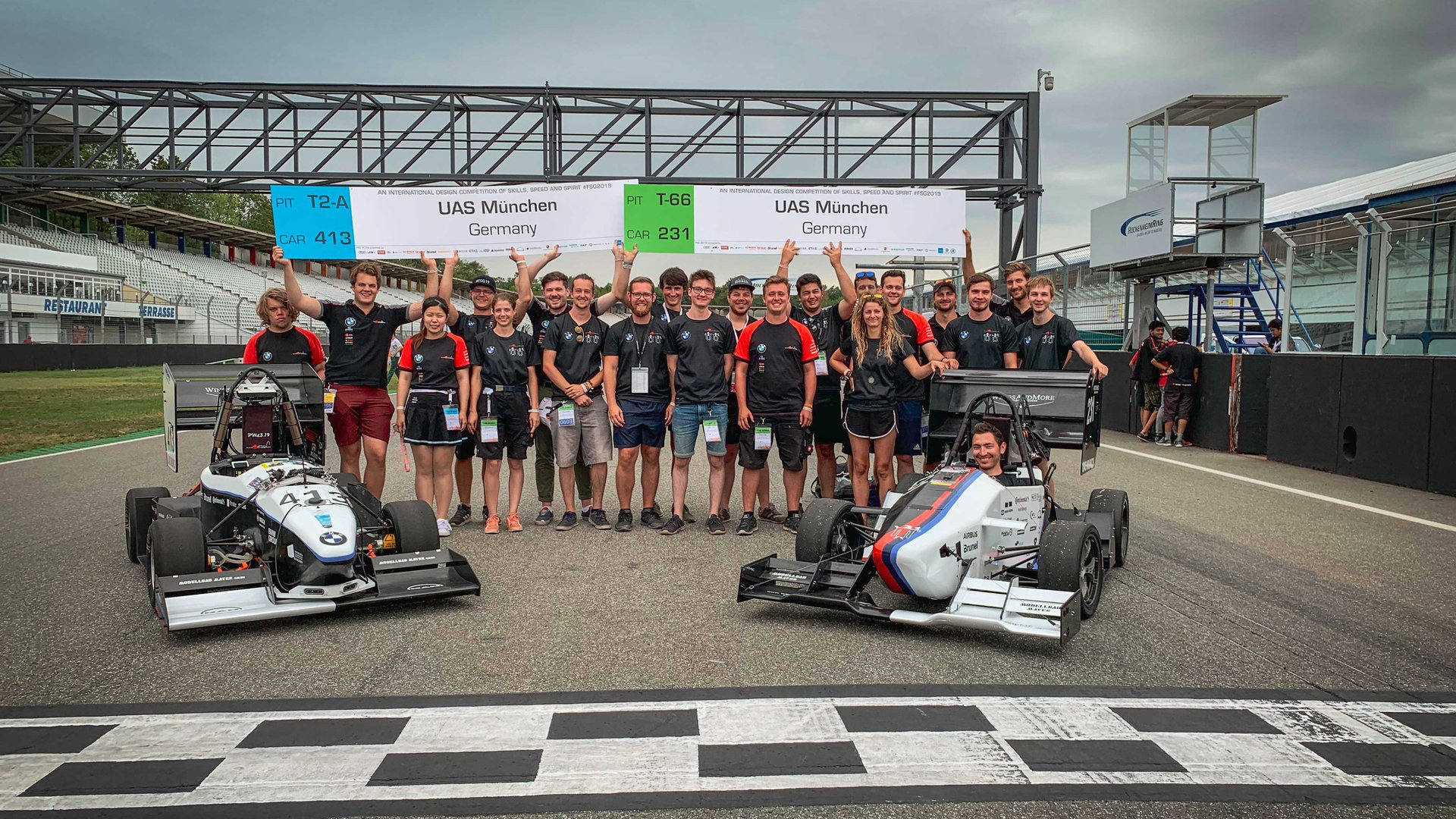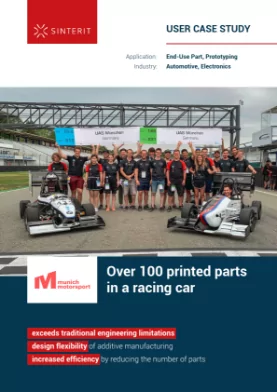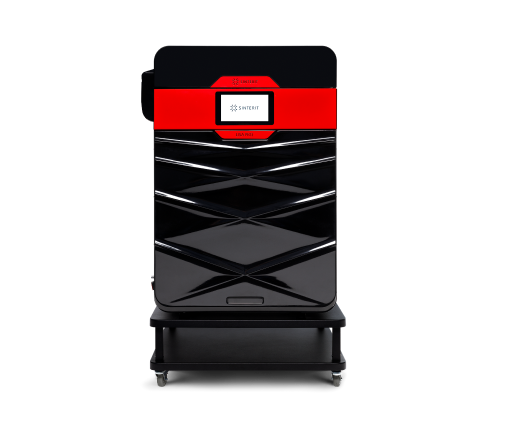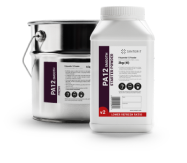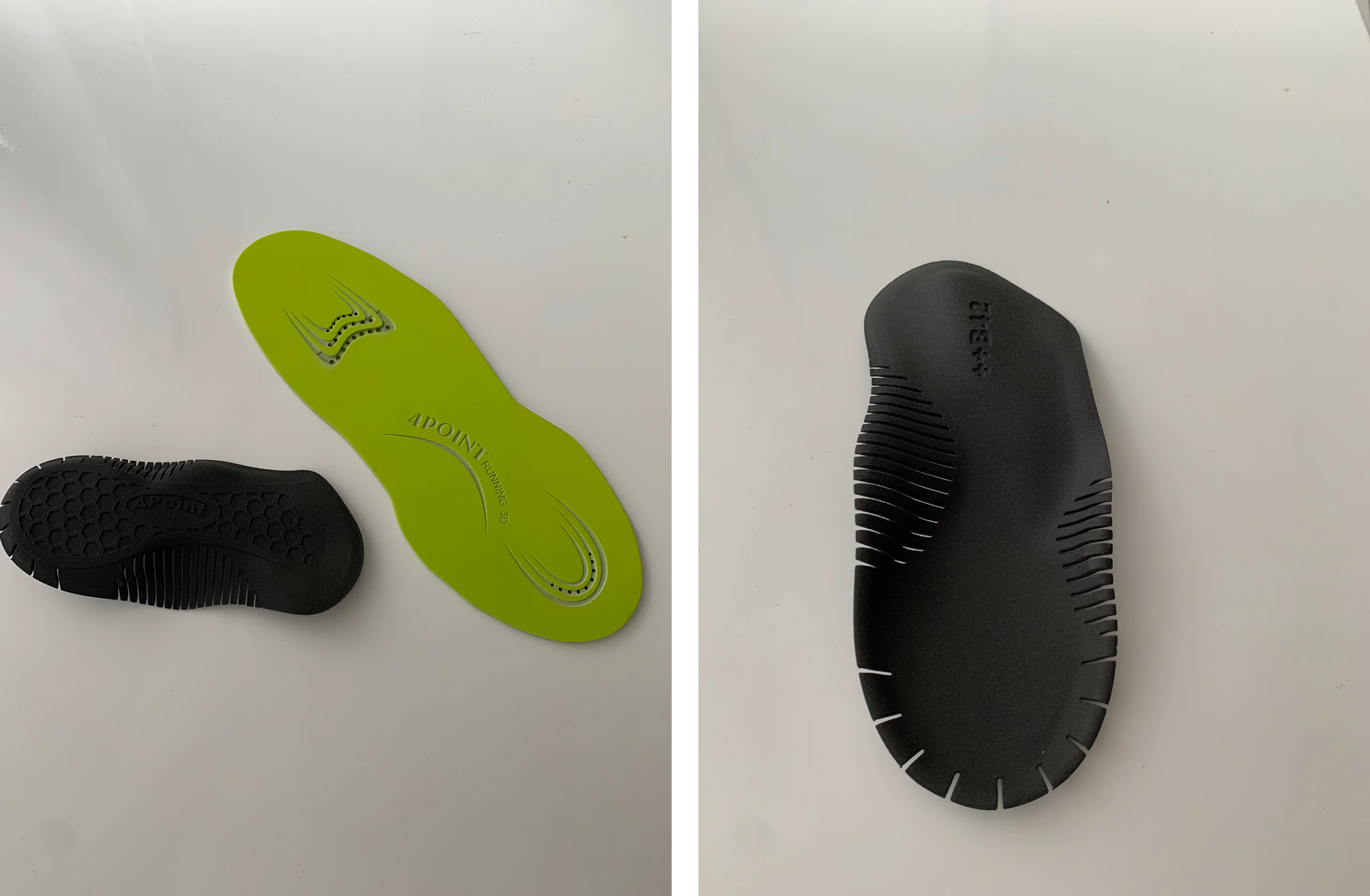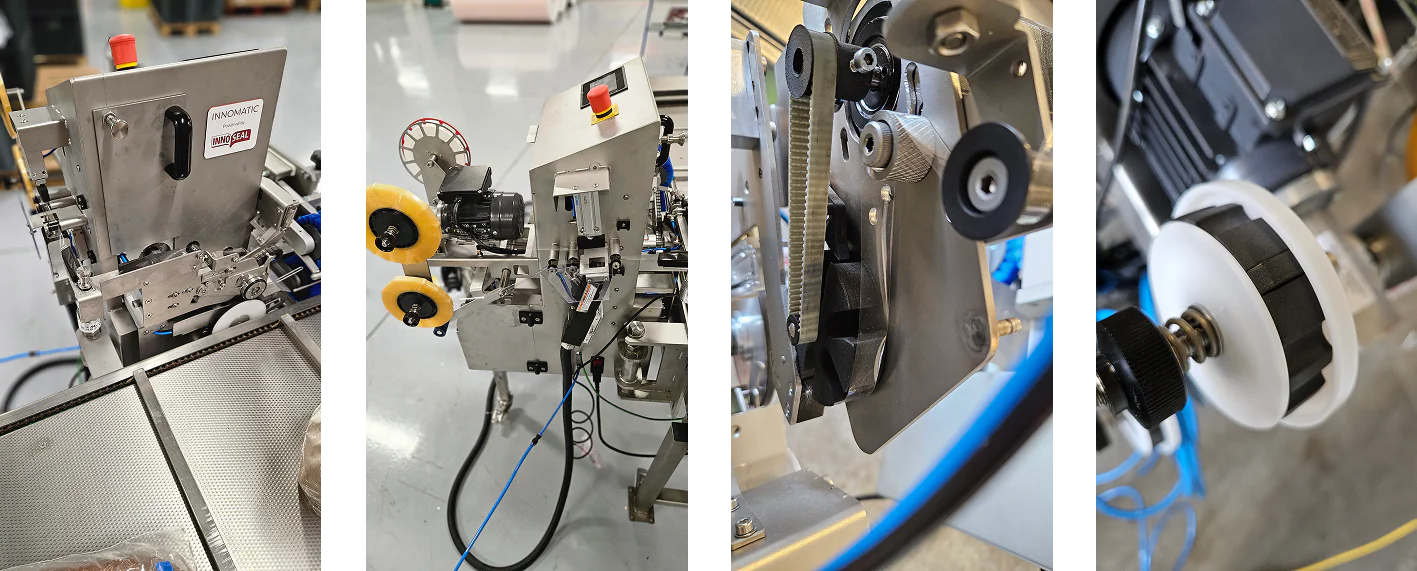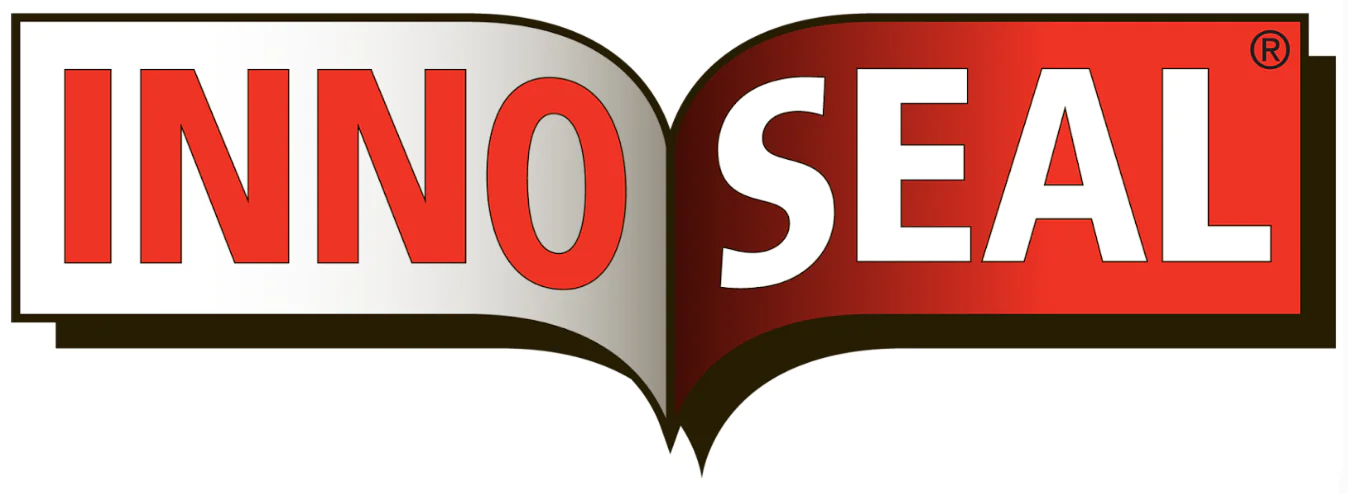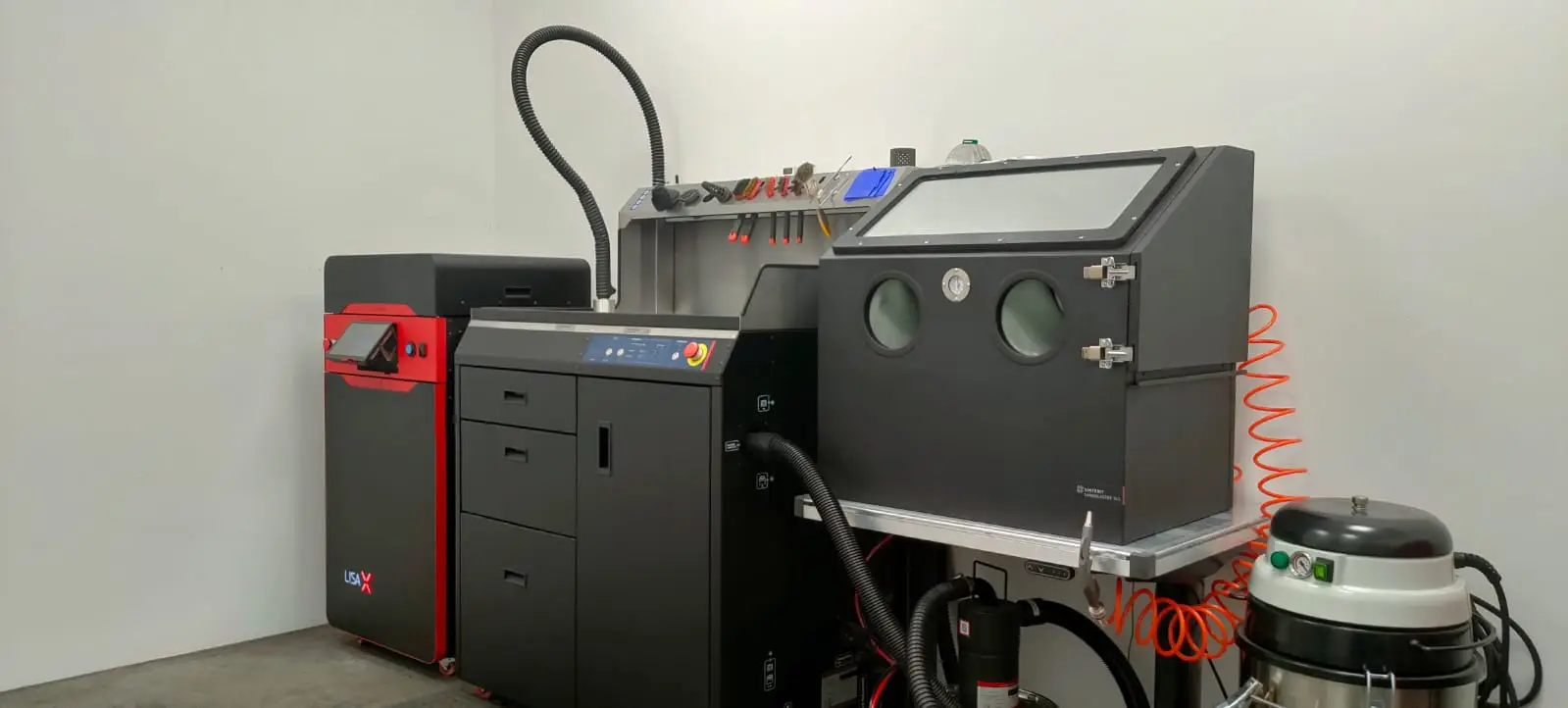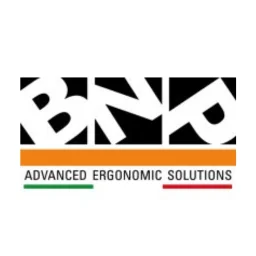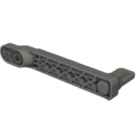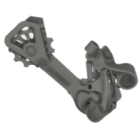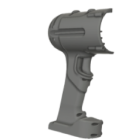Over 100 printed parts in a racing car
- showing a design concept exceeds traditional engineering limitations
- prototype new products design flexibility of additive manufacturing
- perform functional increased efficiency by reducing the number of parts
Background
Formula Student is a racing league that pushes the limits of the volunteer teams to extreme engineering feats. Teams from universities all around the world design and build electric, all-wheel-drive, carbon-fiber monocoque race cars to compete in an array of challenges.
MunicHMotorsport, based out of Hochschule, Munich, shared how additive manufacture using the Sinterit Lisa PRO has enabled them to exceed traditional engineering limitations.

Learn more
Why Lisa PRO is perfect for prototyping?

Problem
The Team is broken up into subgroups that are responsible for different aspects of the car. The engineering team is split into Chassis, Aerodynamics, Suspension, Electronics, and other groups. Each team has its own considerations and sometimes bridging the gaps between each domain can cause difficulties.
Formula Student, as the name implies, means the team is made up of student volunteers and funded by donations and sponsorships as such, frugality is a key design principle for many subsystems. When the team can’t get sponsorships for parts it is debated whether to buy off-the-shelf components using their limited budget or to make a solution from their available resources.

Solution
The design flexibility of additive manufacturing, with the same quality and near-isotropic performance of industrial systems, has been the go- to solution for mating solutions from different teams.
An example is the cable gland on the chassis. The Chassis Team, Suspension Team, and Electrical Team had their own inputs to the design and the 3D printed solution is able to cater to all requirements.
Many of their parts need to be custom made, normally a costly process that would require outsourcing talent from machinists or companies who own expensive
equipment.
By maximizing the suite of parts made in-house on the Sinterit Lisa PRO, they are able to minimize the costs of parts.
Over the years the number of 3D printed parts has increased, the value added by using 3D printed parts is self-evident, and now that the team has access to the low-cost Sinterit system, they can afford to develop more parts. The effective number of 3D printed parts is actually much higher when considering the part count reduction achieved with SLS. This part count reduction
results in decreased total weight, improved reliability, and decreased manufacturing difficulty.
The current car, the PWeX.20, has well over 100 parts 3D printed.

Visit our customer’s website:
- showing a design concept exceeds traditional engineering limitations
- prototype new products design flexibility of additive manufacturing
- perform functional increased efficiency by reducing the number of parts
